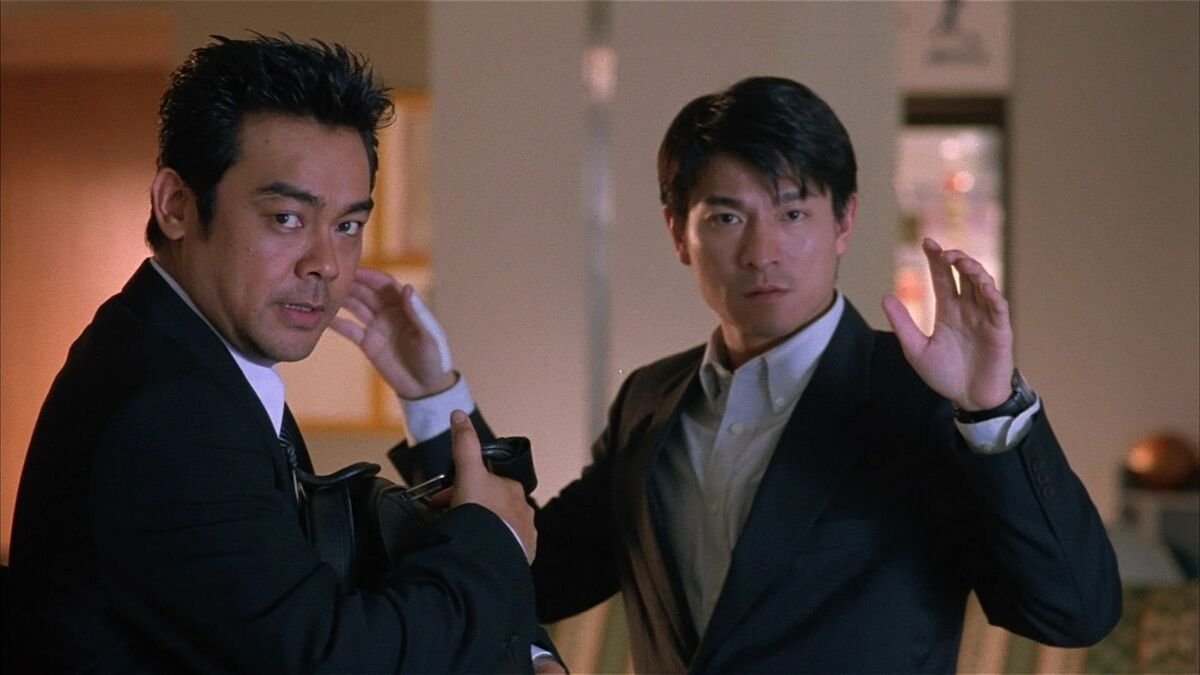Halloween Horror: The Fall of the House of Usher (1960)
The Fall of the House of Usher (sometimes titled House of Usher) is the first of Roger Corman’s seven adaptations of Edgar Allan Poe that he made in the early 1960s, known as his Poe Cycle. The screenplay by Richard Matheson embellishes aspects of the short story, while still proceeding in a straightforward manner. As a Gothic tale, the film’s pleasure derives less from the revelation of unforeseen secrets and more in the consummation of what increasingly seems to be the characters’ inevitable fates.
The film begins, like countless horror stories, with the protagonist’s arrival at some remote habitation. In this case, Philip Winthrop (Mark Damon) arrives from Boston to a remote manor in New England, the House of Usher, in order to recover his fiancée, Madeline Usher (Myrna Fahey). Vincent Price plays Madeline’s brother, Roderick, who suffers from acute sensitivities to light, sounds, textures, and food and drink. Like Roderick, Madeline also appears to be ailing, but Roderick insists that she remain in the house, and indicates, with increasing intensity, that the Usher family is doomed. Harry Ellerbe plays the butler, the only other character in the film.
Poe’s short story, like most of his tales, excels in exploring the sensibilities of the characters, especially those of the first-person narrator. Matheson’s script lacks some of the psychological and emotional nuances Poe’s prose is able to articulate or hint at. Instead of the story’s thoughtful if unnamed narrator, we get Damon’s pretty flat performance as the protagonist, Winthrop. Madeline, who appears far less in the short story, is made a conventional heroine/victim in the film. The romance plot between Winthrop and Madeline that is added is just one of the ways that the film, like most adaptations of literature, externalizes conflict and action.
Fortunately, Vincent Price’s performance makes up for some of the film’s weaknesses. His Roderick is a man visibly suffering from the inside out. I used to dismiss Price as a corny, sometimes campy actor. Now, I think of him as someone capable of delivering lines that would sink most actors, which makes him perfect for the verbosity of Poe. While his bleached blonde hair and lack of a moustache make him look a touch off, he retains his strange ability to communicate the dialogue’s implied horrors, as he carefully enunciates each word.
More than Poe’s story, Corman’s version highlights familiar features of the Gothic: we get the added romance, plus the heightened atmosphere and isolated, ancient setting of the story, in this case the titular castle-like house, which now is surrounded by poisoned waters and dead lands. Although some of the interior scenes are too brightly lit—Roderick’s light sensitivity is simply unbelievable in his chambers, even given the conventions of cinematography in this period—the production design is solid. One of the film’s accomplishments is that its physical House of Usher comes close to the house we imagine when we think of the Gothic. Dead trees surround the house. The furnishings are ornate but dated. There are cracks in the stones, secret doorways, and cobwebs in the hidden crypts beneath. It’s an idealized, rather than clichéd, Gothic setting.
Although the atmosphere is palpable, the overall effect of the film is admirable rather than stirring. The most lively sequence is an expressionistic dream sequence, filled with nightmarish energy (recalling Snow White’s fearful flight through the forest in Disney’s film) and cast in a lurid, almost neon, blue filter. This is the only point when the film taps into the bizarro energy I found more prevalent in Corman’s superior The Masque of the Red Death (1964). As I argued in my review, that film brought some complexity to the themes of the story, particularly its representations of terrible spectacles. The Fall of the House of Usher, on the other hand, is rarely drawn to depicting (and simultaneously interrogating) the more lurid energies that dominate most Corman films. We only get a few touches of truly disturbing material, most notably the bloody scratches on the inside of the coffin and the attendant results on the victim’s hands.
The Fall of the House of Usher is neither Price’s nor Corman’s best, but for fans of either as well as Poe aficionados, it is worth the watch.
6 out of 10
The Fall of the House of Usher (1960, USA)
Directed by Roger Corman; screenplay by Richard Matheson; starring Vincent Price, Mark Damon, Myrna Fahey, Harry Ellerbe.



George More O’Farrell’s The Holly and the Ivy is a perceptive Christmas drama that deserves a place in the Christmas rotation.